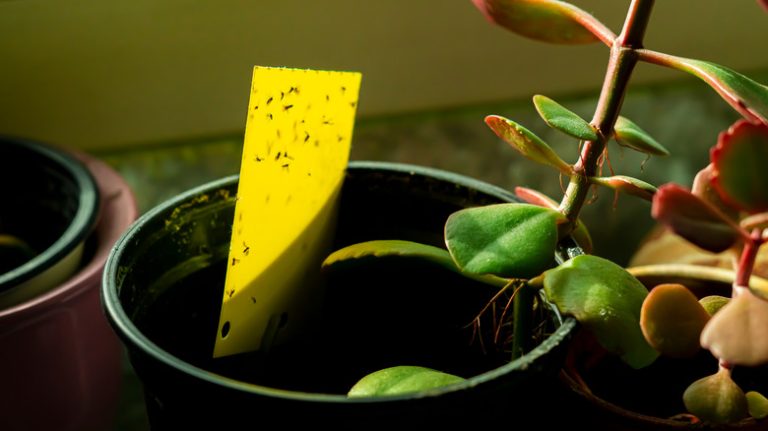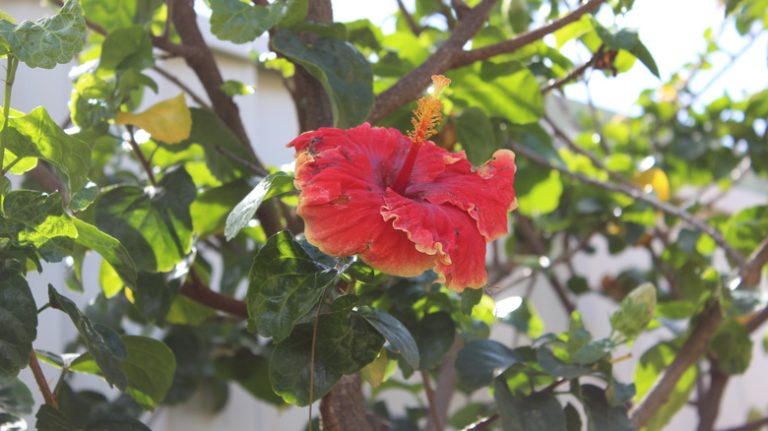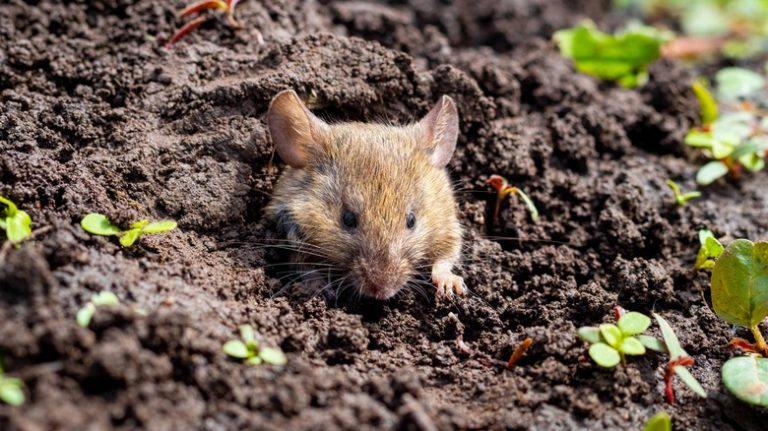When was the last time you fertilized your lawn? There are a lot of recommendations out there for how often to do so, but if you don’t want to spend a lot of time and money on the process, you may want to know what’s the minimum amount you can do and still have a beautiful lawn. A straightforward answer is to ensure you’re fertilizing at least two times a year, according to Gary Alan, a landscape designer (via HGTV.com).
The bottom line is that every lawn is different, with various needs based on the soil content and conditions. Even the type of grass can play a role in how often you need to fertilize the soil. In the ideal situation, the first step is to complete a soil test to determine the quality of the nutrients already present. Then, you can add fertilizer based on the nutrients it lacks (typically nitrogen, phosphate, and potassium).
This is the ideal situation, but most people have limited time for such micromanagement of their lawns. That’s why Alan recommends tackling the lawn’s fertilization needs at least twice a year and aiming for that to be in the spring as a first application and then again in the fall before the first frost sets in.
Why you shouldn’t skip fertilizing at least twice
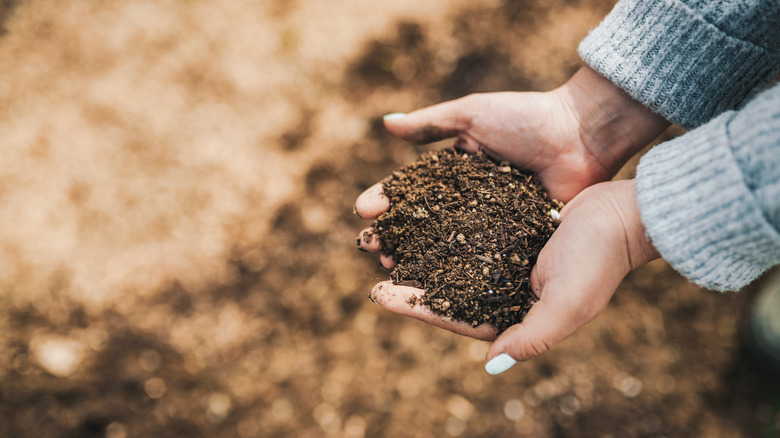
Grass is a growing plant that needs nutrients to keep green and lush. Many of those nutrients come from the soil itself, and unless it has a consistent supply of those nutrients, your grass cannot thrive. The heart of this is balancing the nitrogen, phosphate, and potassium in the soil, which most grass fertilizers will contain.
However, in some situations, that’s simply not enough. If you are only going to apply a treatment twice a year as the bare minimum, be sure the fertilizer you select offers all of the nutrients needed, and that typically includes micronutrients. Gary Alan suggests looking for a fertilizer that’s more like a multivitamin in that it offers a larger range of nutrients, including iron and sulfur.
Another key factor to support your grass is the application of dolomitic lime. This addition will help to create a balanced pH level in the soil, which is necessary since any change in the soil’s composition, such as from frequent rain or even from the application of fertilizer, could alter the acidic conditions present, which could hurt grass health.
If you fail to fertilize, chances are good the lawn will grow, but it may not thicken or green up the way you desire. You may also find it’s more susceptible to disease and damage from harsh weather conditions. This often leads to the need to overseed the lawn and dethatch it.
Overdoing it isn’t a good plan either
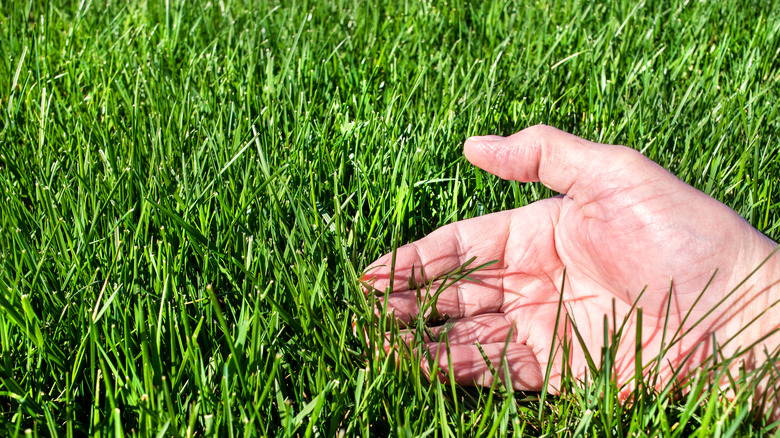
While your lawn needs nutrients to grow and fill in, it’s possible to over-fertilize as well, and in doing so, you could end up creating a bigger problem for your lawn’s health. If you overfertilize, you could create an environment that encourages weak growth. And in some situations, you may have so much nutrient addition that it causes damage or burning of the grass.
What should you do then? Start with a spring application of fertilizer to your lawn. In areas with cool-season grass, such as those found in the northern U.S. states, aim to fertilize during the optimal growing season, typically in the spring and fall only. For warm-season grasses, the most growth occurs during the last spring and summer months, and that’s when it needs the most fertilizing.
Space out any applications after the first spring fertilizing by six to eight weeks. If life keeps you from fertilizing, that’s okay, as long as you apply fertilizer in the fall. Doing this in the weeks leading up to the first frost allows the grass to gain some additional root growth to help it survive through the difficult winter months ahead. You’ll find a variety of application schedules and recommendations from services, but just sticking with the basics, ensuring good moisture control, and reducing foot traffic is often all you need to do to ensure a green lawn.

